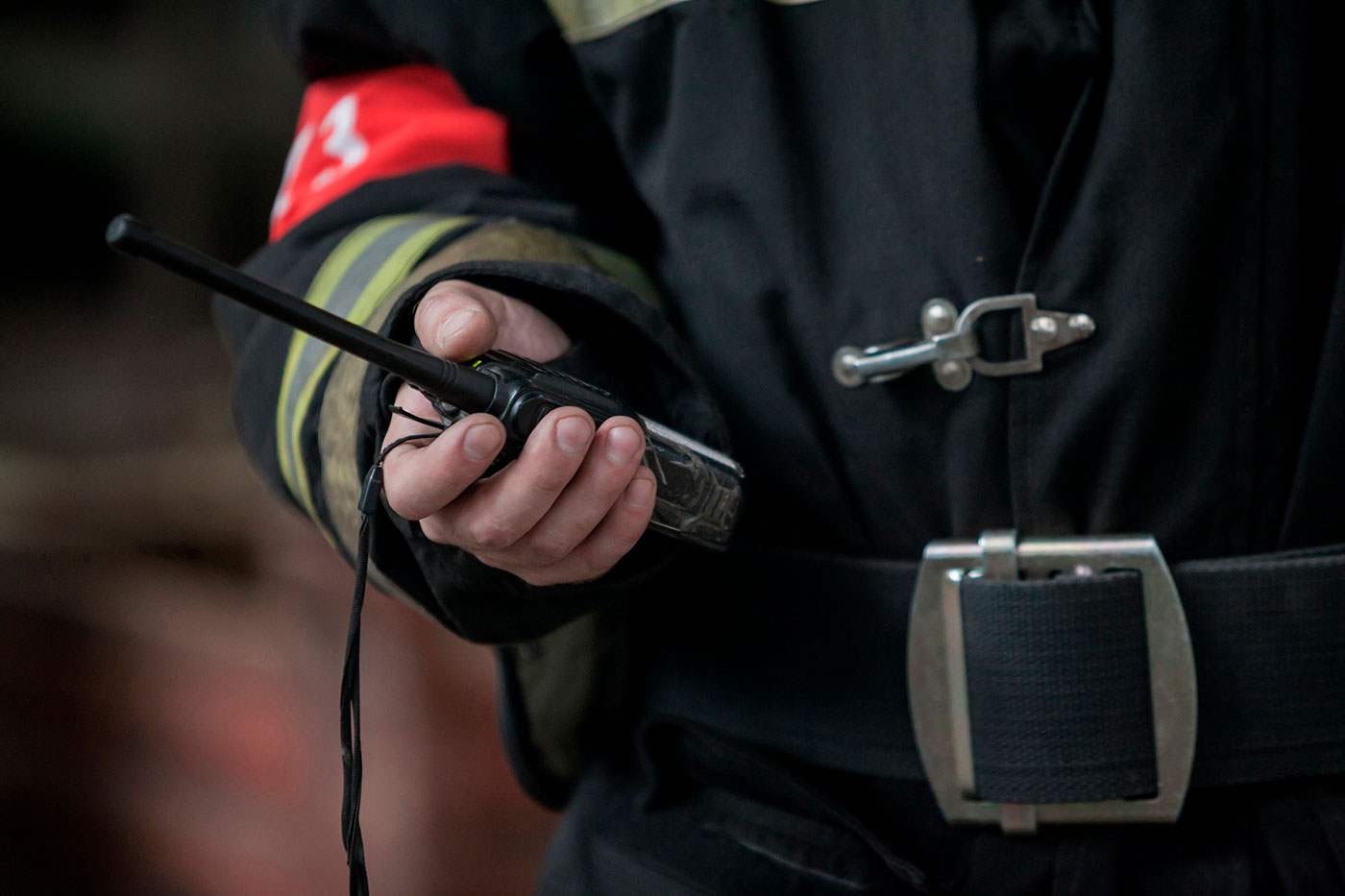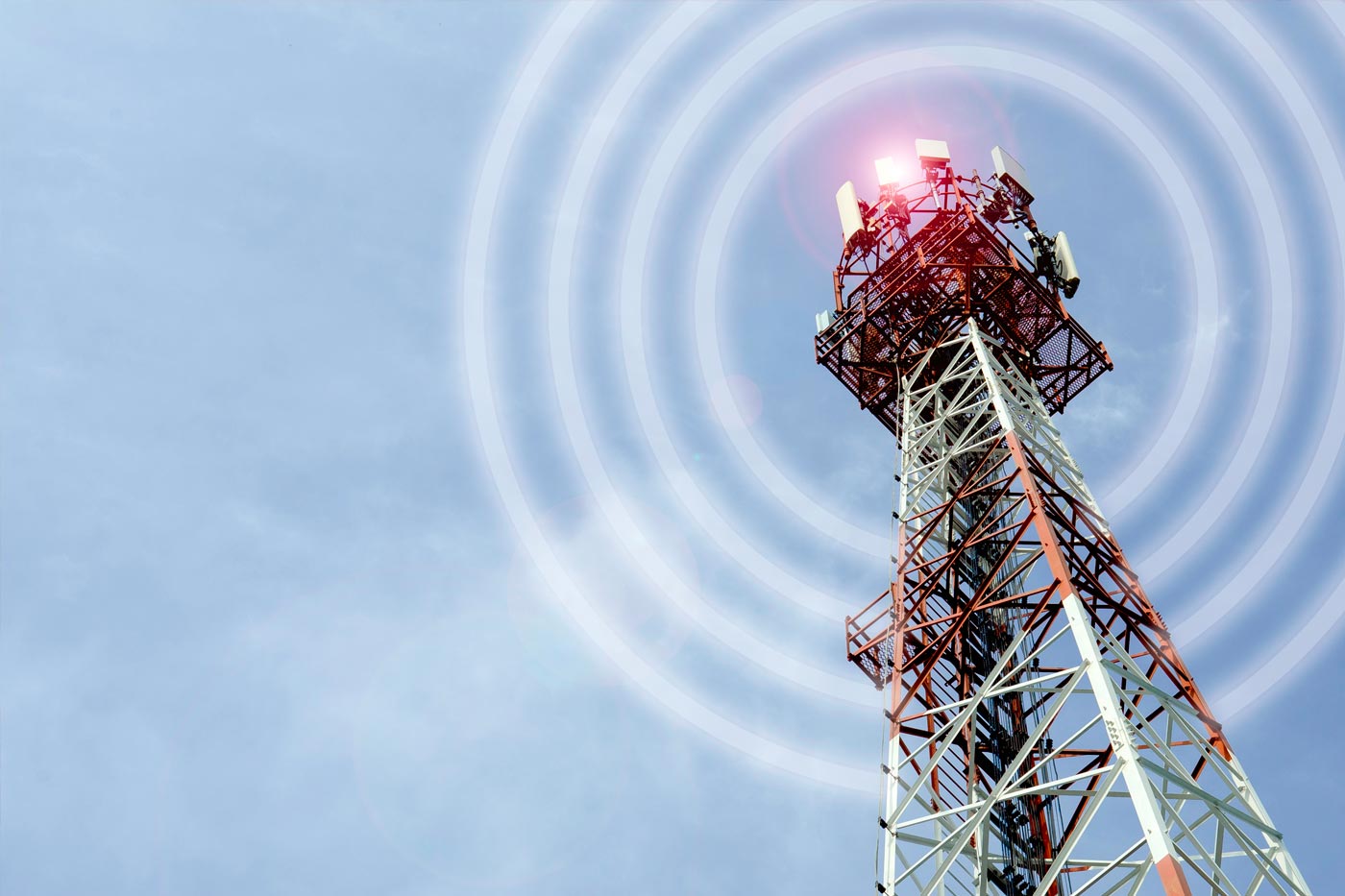
How can the work of the digital radio be improved?
The performance of digital network can be ensured by the accurate testing and verification of RF modulation data.
Introduction
The vital task in order to provide a proper performance of RF frequency is to test and verify alignment data. A degraded digital modulation can be caused by the incorrect alignment. Such an alignment can be figured as an encumbrance for the ability of the receiver to recover the digital data.
According to the recent survey, the enhanced digital signal transmitted can effect significantly the work of the digital radio receiver in case if there exists an error in the modulation of certain transmitters’s parameters. For instance, if there is a 20% calibration fault, it can lead to a 75% decrease in working power.
All possible has to be done with the aim of improving the efficiency of the work of digital radios. There are certain steps to be taken: special trainings for operators to enhance the level of qualification that can significantly influence the understanding of the operation and alignment of the radio, setting the proper audio parameters. Incorrect activities can be a reason of various deviations that can lead to an improper work of the radio.
Digital signal has certain inherent items by means of which the quality of it can be measured. In most cases the frequency modulation (FM) is directly connected with the quality of the signal emitted.
4FSK (four-level frequency shift keying) is the main base for the digital radio modulation. Such a base provides for a four deviation states of the RF carrier allowed. These four states (also called dibits, which reflect two bids of data per symbol: 00, 01, 10 and 11) are the representors of the digital data. 4FSK error or modulation fidelity (in P25 systems) implies the transmission of a 4FSK signal, which is modulated wrongfully. In order to transmit a signal on the significant distance without any interference, there has to be no noise, multipath, inter-symbol (ISI) or other types of intervention, because of the fact that the noise changes the symbol quality for the worse. It can lead to some difficulties in recovering of the data.
BER (bit error rate) is one of the main components of the system performance and is used in order to measure the receiver sensitivity in comparison with SINAD (signal-to-noise-and-distortion) ratio.
For the proper work of both analog and digital systems, they are to be serviced correctly and according to the schedule. The correct level of deviation meter used for alignments serves as an important issue when carrying out deviation measurements. At first, the verification of an alignment is to be tested on a radio to ensure it can provide a digital signal of an appropriate quality and after on a digital modulation (involving symbol deviation and modulation fidelity or FSK error).
What is a deviation meter?
Deviation meter can be considered as a peak responding alternating current (AC) voltmeter that is measuring the audio of the demodulated output from the test receiver.
Two main types of FM deviation measurements are used while carrying out of an alignment: absolute and relative. All factors that can have an influence on the accuracy of measurements are essential to take into account.
All components of absolute measurements can be considered as a part of an absolute standard. These measurements include absolute value, the level of audio output and deviation, frequency error, RF power. The noise can make a significant effect on measurements, hence, in order to get rid of the interference noise special AF (audio-frequency) and IF (intermediate frequency) filters are installed. When the filters work properly, the filter has to be narrow enough with the aim of reducing of number of probable errors. The proper settings are to be set and checked on both filters in accordance with the established standarts. The control of AF filter is made by setting twice the frequency of the tone to accommodate the tone frequency. In terms of IF filter, in order to determine the bandwidth setting it is obvious to stick to Carson’s rule. The basic Carson’s rule implies using three times the sum of the rate and deviation: 3* (rate + deviation).
If we speak about more obsolete FM deviation meters, they work by applying an analog meter movement. The measured level of FM deviation is specified by the determination of the movement of a needle on the meter face. Here we can point out a typical specification set on an FM deviation meter. It looks like:
Range: 2kHz to 60 kHz (full scale, 2-6-20 sequence)
Accuracy: ± 5% of reading, ± 3% of full scale (1 kHz tone)
According to the specification, the fair level of accuracy is stated as ± 3% of full scale, meanwhile the meter has ± 5% deviation. The meter has some meter ranges available. They vary from 2 kHz to 60 kHz in a 2-6-20 sequence.
In order to provide a net signal (it is a really critical data) without an interference noise there should be no so called «tilt» from one frequency to another. It can be done by means of including special parameters in the manufacturer’s specification. For instance, the high tone has to be 0.05 decibels (dB) of the low tone.
Conclusion
Transmitted signal influences significantly the ability of the receiver to decode the modulation. Obviously, such factors as a proper understanding of operators about the functioning of digital radio operations, performance of system itself and other impinge the system performance capacity. Consequently, the performance of digital radio is to be improved applying the accurate deviation meters and without doubt, setting of correct audio filter parameters.
With the development of technologies and the extension of the requirements for communication equipment, the traditional means, as analogue service, are not able to comply with up-to-date standards. Hence, more sophisticated services are to be developed. These changes lead to the redefinition of PMR, which is based on digital technology.
An integrated test set can be determined as the inalienable part of mobile radio measurements and it is a vital task to determine how these measurements are to be performed. RH (Radio-frequency) system is to work properly in various environmental conditions, which can occur during field usage. An appropriate test method must be used in order to provide an opportunity to carry out fast and accurate control of radio system.
Tetra (The Terrestrial Trunked Radio) is considered as a professional mobile radio standart (PRM), provided in more than 100 countries. It is widely used by the governmental organizations and likewise by private companies in various spheres which differ from transport to the companies-suppliers of energy. Radio of such a type is to correspond with established requirements, which include unlimited availability of the system, secure guarantees, stable wireless connection.



